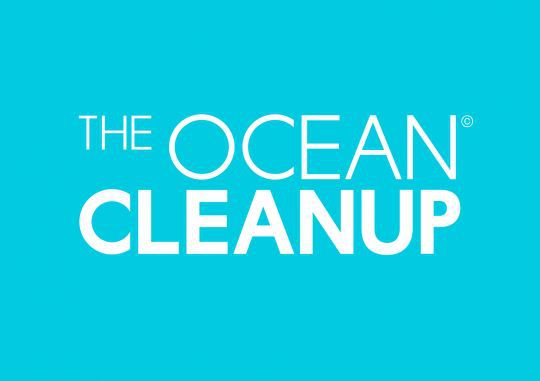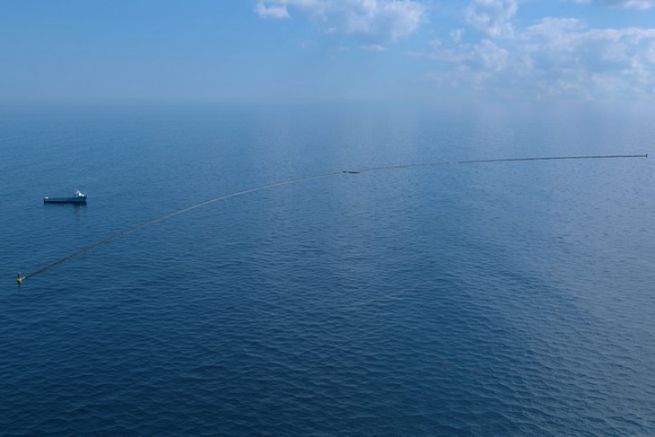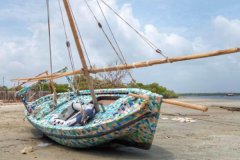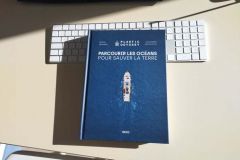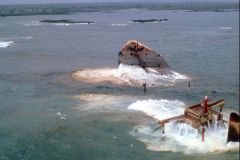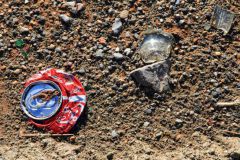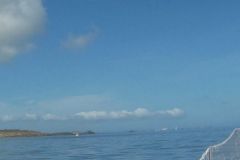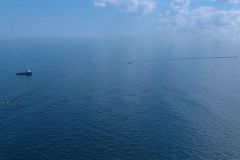Oceans polluted by tons of plastic waste
In the oceans, millions of tonnes of plastic are concentrated in five large areas, in the form of eddies, where plastic is six times more present than zooplankton. The largest of these, the Pacific zone, accounts for 1/3 of ocean plastic. The concentration of plastic in our seas produces major damage, including ecological damage with the death of millions of seabirds and hundreds of thousands of mammals every year, but also species that ingest tons of plastic or some that are threatened by this overproduction of plastic. Finally, plastic hosts invasive species, which develop there and threaten the ecosystem. Plastic pollution is also a financial abyss since it is estimated that the total cost is about $13 billion (damages for debris impacting fishing or pleasure boats, cost of collecting on beaches, etc.). In addition to these first two impacts, plastic also has a negative impact on health since it absorbs all toxic chemicals and increases their concentration by one million. These pollutants end up on our plates and have harmful effects on our body such as the appearance of cancers, malformations or infertility.
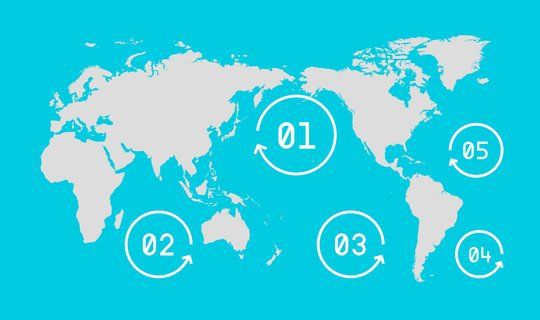
Combating plastic pollution
Since the beginning of the pollution, many ideas have emerged to remedy it, but none of them were sufficiently successful. Most of them included ships, towing nets to fish for plastic, but this would have generated by-catches but also emissions that could annihilate the work already done. Finally, given the huge concentration of plastic accumulated, this would require billions of dollars and thousands of years of hard work.
In 2012, Boyan Slat, 17 years old at the time, proposed a passive concept that could overcome these challenges.
The Ocean Cleanup project
Boyan Slat's project is based on three basic principles. The first is passive collection, which takes into account the movement of the oceans and their ability to move masses, in this case plastic. It would therefore be a question of depositing a floating barrier on the sea, which would make it possible to concentrate the plastic and a collector would then come to collect the plastics, by operating thanks to the winds and natural currents. The second principle is to capture plastic and not marine creatures, so floating barriers let the current, animals, organisms pass through and retain plastic, which is lighter than water, and accumulates in front of the barriers. Finally, this process is highly scalable with a range of moorings and dams designed for large-scale deployment, covering millions of square kilometres without moving.
With this system, a single vortex can be cleaned in just 5 to 10 years.

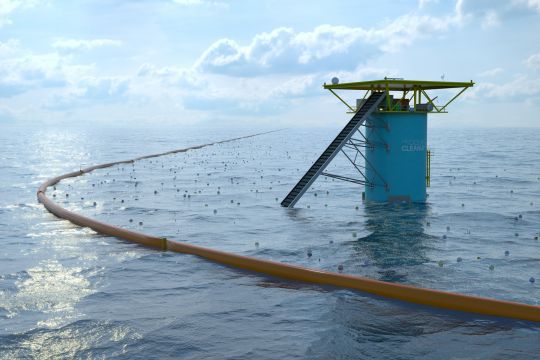
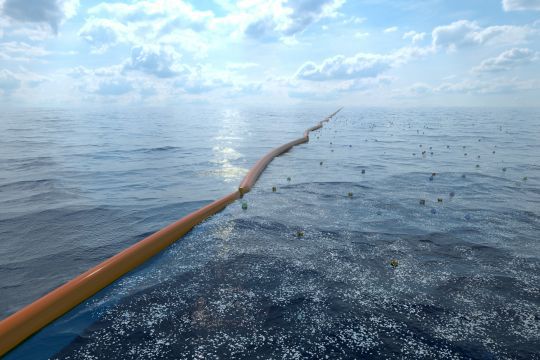
Studies deployed in the ocean
In June 2014, a feasibility study was launched, after a year of research, by a team of 100 professionals and volunteers recruited into the Ocean Cleanup project. And apparently it was a success. First, after sea tests, the barrier will be able to move with the movement of the waves, which will reduce the effects of the swell. Thanks to simulators, the dams will be able to withstand 95% of the weather conditions, particularly in the event of large waves, a system is provided to segment the barriers and not to induce any obstruction. In terms of efficiency, 80% of the plastic that will meet the barrier will be recovered. For animals, the current should be able to transport plankton under the barriers, but in case the dams have to destroy part of it, it would take less than 7 seconds per year to replenish the biomass. Finally, thanks to the absence of nets, the capture of fish or marine mammals is almost impossible.

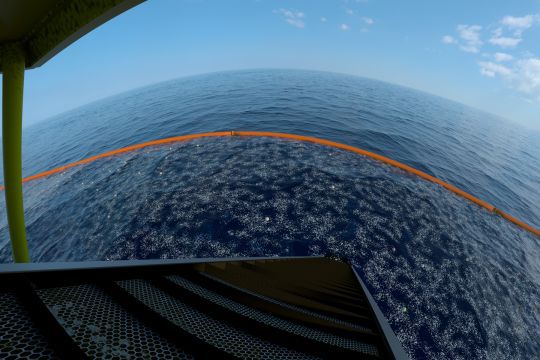
The plastic that was recovered in the first tests could be transformed into oil and further tests are underway to detect the possibility of transformation into other materials. On the price side, it will only cost ?4.50 per kilogram of plastic removed, 33 times cheaper than conventional cleaning methods.
The project could be operational within 3 to 4 years.
A project funded through crowfunding
In September 2014, the search for funding for the Ocean Cleanup project was completed and was a real success. A total of $2,154,282 was raised thanks to the participation of 38,615 people. To be able to continue their R & D, the Ocean Cleanup project will try to collaborate with companies and institutes to be able to work on a limited budget. In the coming years, test series will be deployed on a larger scale to obtain more data to analyze. The project is entering Phase II, the pilot phase for the next three years.
